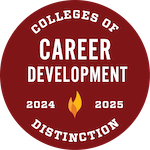The Role of a Cover Letter
Your cover letter serves as an introduction to your resume, drawing attention to the key aspects of your experience that align with the job you’re applying for.
Write your cover letter after your resume, and remember to tailor it for each role to show why you’re the best fit for the position.





